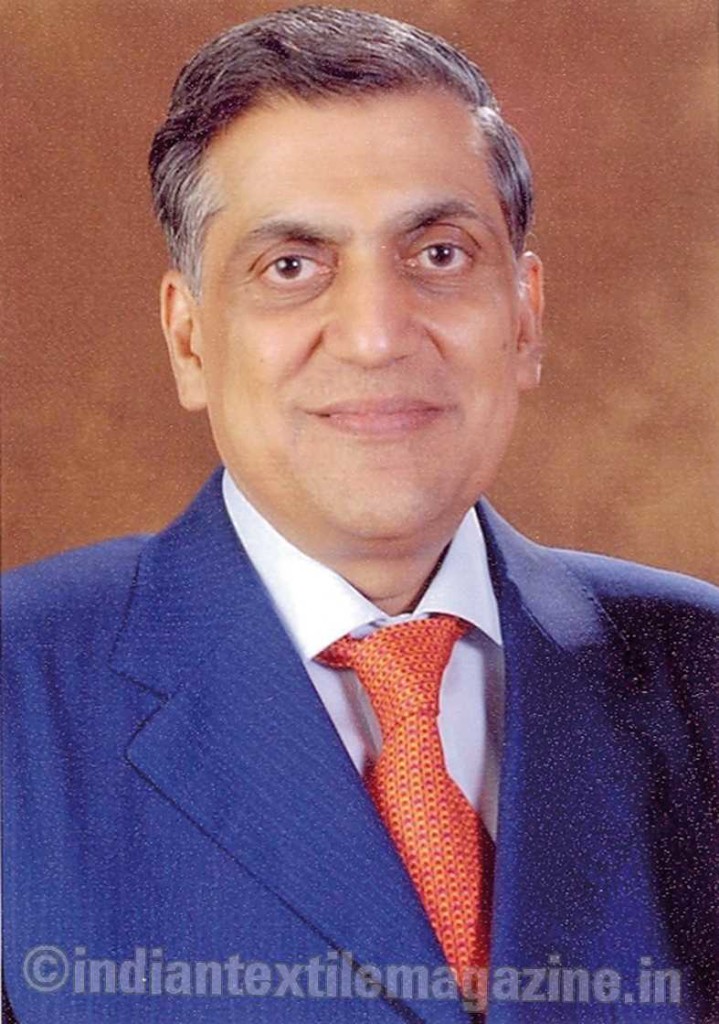Texprocil chief hails PM’s initiative
The Prime Minister, Mr. Narendra Modi, recently inaugurated the ‘Make in India’ movement at a glittering function in New Delhi. A total of 25 sectors were identified for giving a thrust under the programme. Textiles is one among them.

Mr. R.K Dalmia, Texprocil Chairman, has, in a statement, welcomed the recognition of the textile sector as one capable of contributing much to the ‘Make in India’ movement. He pointed out that there are many features of the textile sector which have not been widely appreciated and are also little known. Some of these are that the sector has very low overhead as compared to the other industries; with the concept of lean manufacturing, the textile industry has the youngest machines on its shop floor, even when compared to China, Pakistan, Vietnam, Indonesia and other textile exporting countries; and the machines in Indian mills are operated by well-trained technicians at 30 per cent or higher operating speeds when compared to those in China.
Mr. Dalmia also said that the textile industry is ideally placed to be the engine of future growth for creating crores of jobs, promoting inclusive growth and investments in Tier-2 and Tier-3 cities, thereby contributing to creation of ‘Smart Cities’ as envisioned by the Prime Minister.
He welcomed Mr. Modi’s twin interpretation of the term “FDI”s as “First Develop India” and also “Foreign Direct Investment” by emphasizing manufacturing activities within India by the local investors and entrepreneurs. He hoped that a favourable climate for Indian entrepreneurs will be created by removing many irritants relating to refund of drawback amounts, export benefits and local levies and taxes.
According to him, the textile sector is heavily dependent on exports as it has a surplus of 30 per cent across the value chain in the production of fibres, yarns, fabrics, home textiles and garments. This surplus needs to be exported for which the Government should ensure that the export benefits under the much-awaited Foreign Trade Policy are given on the basis of its stated objectives of encouraging exports of products that create more jobs, encouraging exports that earn more net foreign exchange, and encouraging exports by compensating the extra freight costs to distant markets.
He pointed out that the textile sector eminently meets all these objectives and should get higher levels of export benefits as it will promote labour-intensive growth in the country. In fact, every $1 billion worth of exports, one lakh jobs are being created in the textile sector.
Mr. Dalmia also stated that in order to give impetus to the Prime Minister’s ‘Look East and Link West’ policy, the Government should expedite the signing of the Indo-EU Free Trade Agreement which will give greater access to textile products in the Western markets and simultaneously seek reduction of duties in China for value-added fabrics and home textile items which will in turn strengthen India’s ties in the East. This will reduce the trade deficit with China which is pegged at $34 billion and increase India’s exports by an additional $3 billion.
The twin-pronged strategy enunciated by the Prime Minister while inaugurating the ‘Make in India’ movement would take Indian textile exports to new heights and the sector can look forward to achieving a compound rate of 20 per cent per annum in the coming years.